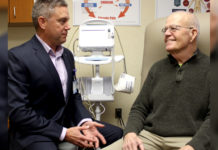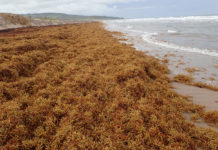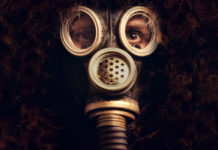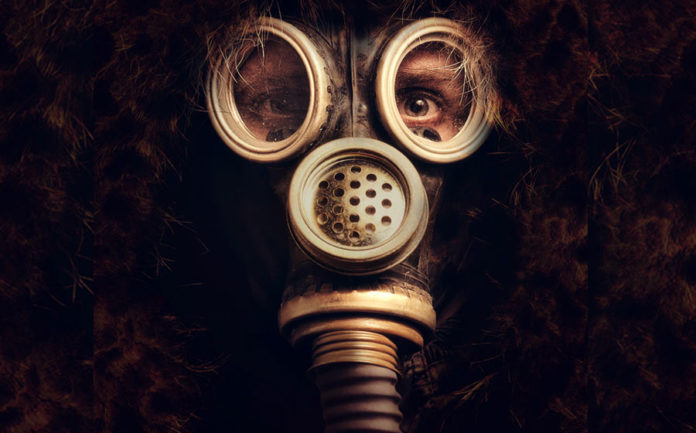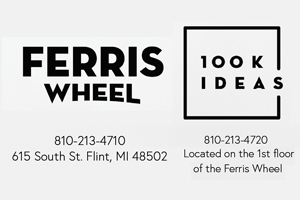What Is One Of The Most Important But Little Known Causes Of Disease Today?
One that is found virtually everywhere including our food, water and air, even creating disease related to allergy, infections, autoimmunity (where the immune system attacks the body), dementia, autism, heart disease, lung disease, cancers and more? If you answered toxic exposures you would be correct.
Don’t feel bad if you didn’t guess it. Most people in this country are not aware of the problem, and certainly not of its prevalence. So little is discussed about toxic exposures and yet they are very important. Toxins such as chemicals and metals in our air, water and food contribute, not only to many diseases, but also sadly, to many deaths. Just as frightening is the fact that toxic effects in the body are trans-generational. This means that once they cause disease within a person, that particular change has been shown, in studies, to continue in the family lineage for about six generations into the future!
A toxic substance according to the EPA is any product which is harmful to the environment or to humans, and may be either synthetic (manmade) or naturally occurring. Both are significant, and they are literally all around us. Despite that fact, mankind has continued to produce toxins. The Natural Resources Defense Council reports that there are over 80,000 chemicals that have been created by man (most in the last 3 decades) and unfortunately most have never been tested for safety. This is a huge concern because many are suspected of being harmful. Probably the worst part is that they are used in day to day living as if they had been studied and found to be safe. The truth is that the majority have not been studied and none have been studied together. The way the law is set up now, the harmful chemical isn’t removed from use until significant problems are revealed. In this country, it is legal to release a chemical for broad use without any safety evaluation. They are only taken off the market when they have been determined to be dangerous via lawsuits or public/scientific community pressure.
A Harvard University study found that the chemical industry itself doesn’t bother to even label their products with the proper identification numbers about a third of the time. This laxity in reporting by the chemical manufacturers adds to the lack of safety information resulting in confusion and misunderstanding of the potential harm a chemical can cause.
Some examples of common toxins in our environment include: arsenic, chlorine and fluoride in our drinking water, lead in lipstick, pesticides on our lawns and crops, solvents in fragrances, dyes in our food and tattoo’s, solvents in paints, solvents from industrial pollutants, and preservatives in our food and injectable medications.
One fearsome disease caused, in part, by toxins is cancer. Cancer is one of the most dreaded diseases of our time and despite knowledge that many chemicals and toxic metals are related to this disease, there is little done to either educate or protect citizens from these exposures. Despite President Nixon’s declaration of war on cancer during his presidency there has been little done to warn people as to what causes it. THE AMERICAN CANCER SOCIETY RARELY DISCUSSES THE TOXIC LINK TO CANCER. According to the Presidents report on Cancer, some newly proven carcinogens include Formaldehyde (a common preservative), Mercury (in the air we breathe, dental amalgams and fish), Perchloroethylene (used in dry cleaning), Trichloroethylene (an industrial cleaning agent), and Phthallates (in all plastics) to name a few. Sadly these products are known to cause cancer and most are still being used without the warnings people deserve. There must be a means by which to evaluate their safety before a chemical is allowed to be placed in general use.
As humanity has progressed, it finds itself at a crossroad of sorts. It is caught between using synthetically derived chemicals as they are created prior to testing or waiting until the newly created ones have been proven to be safe. There are pro’s and con’s to both directions but it would seem wise to weigh human health as the most important variable in the argument. The luxury to carry on as is usual is no longer acceptable. The health and possibly the life of many on this earth depend on it.
Gerald Natzke
DO, FAAEM, FAAOA
Co-Chair
GCMS Community &
Environmental Health Committee





